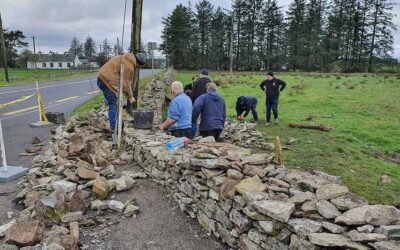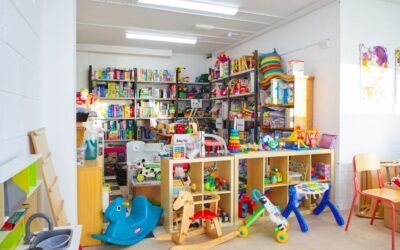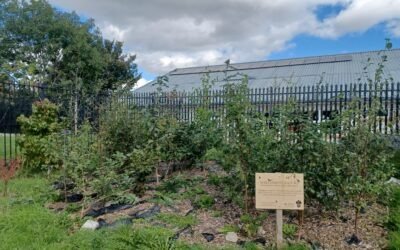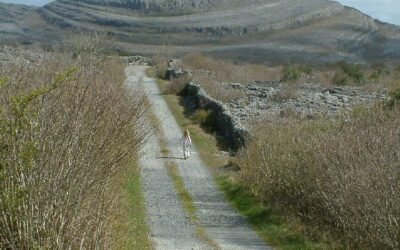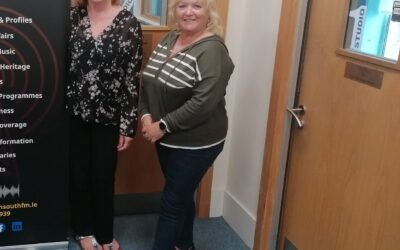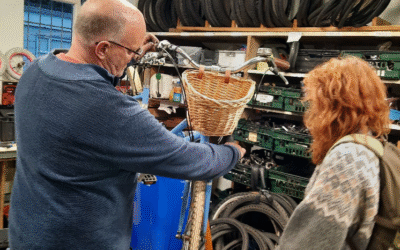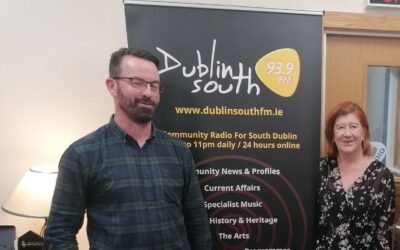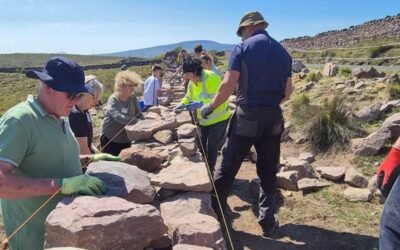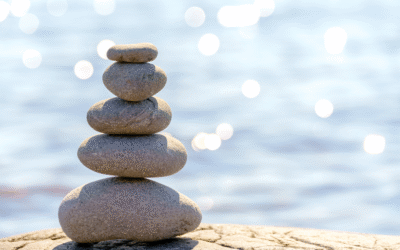The Farming Rathcroghan EIP project gives advice and support to farmers in the local area on how to farm in an historically important landscape, to look after and improve the landscape, while protecting bio-diversity, carbon sequestration and improving water quality. This is important because farmers need to work with forms and rules while at the same time make a living.
Committee Tools
Carrickmacross Toy Library
This is a volunteer-led, non-profit toy-lending service that is about reducing waste and over-consumption of toys by allowing people who mind and care for children to borrow toys instead of having to buy new ones. The toys are also carefully chosen to be as sustainable as possible and many are ‘pre-loved’
Pocket Forests – bringing nature into towns
Pocket Forests works on restoring biodiversity, soil health, and community connection by making small, dense plantings of native trees and shrubs in built up areas. They use the ideas from the Miyawaki or “Tiny Forest” approach. They also use permaculture to make richer and healthier soil that has become poor by being neglected. Since 2020, more than 100 pocket forests have been planted around Ireland.
Burrenbeo Trust
Set up as a charity in 2008, Burrenbeo Trust is a non-profit organisation that connects all of us to our places and our role in caring for them. Based in the Burren, Burrenbeo Trust works to raise awareness of the importance of the Burren, and to encourage local communities to act as carers of its priceless heritage. Building on lessons learned over the past twenty years, Burrenbeo also supports ‘place-based learning’ across Ireland as a way that communities can learn more about their place and their role in actively caring for it.
Mulranny: Use what’s in your community to develop it sustainably
Maeve interviews Carol Loftus, of the Sustainable Energy Community in Mulranny, Mayo. The discussion highlights the journey of Mulranny from a fading tourist spot to a thriving model of community-driven sustainable development. Carol outlines how projects emerged, how local people were mobilised, how outside expertise and funding were drawn in, and how sustainability has been woven into tourism, energy, and heritage initiatives.
An Mheitheal Rothar – Galway’s Community Bike Workshop
An Meitheal Rothar is a not for profit Co-operative and Sustainable Business run by a team that creates positive change. It was born from the idea that people could come together in a group or a cooperative, to help each other as part of a community. An Meitheal Rothar fixes bikes, sells bikes, and teaches people how to repair bikes. It gives bikes for people in need, it asks for more walking and cycling in Galway City, helps us re-use and recycling things more – what is called the ‘circular economy’.
Mulranny Community Futures with Seán Carolan
Sean Carolan from Mulranny Community Futures talks to Maeve Halpin in our Podcast Number 3. The Mulranny story demonstrates that transformative climate and community action is possible through a structured model of deep community engagement, respectful collaboration, and strategic coordination. It proves that when citizens are genuinely empowered to design their own future, they generate innovative, locally-suited solutions that also contribute to global sustainability goals.
Stone Wall Festival — Rebuilding heritage the regenerative way
What started as a small, hands‑on community weekend became an example of regenerative tourism (where vistors make a place better while they visit it): visitors learn a traditional craft, rebuild a section of wall, and leave a visible legacy on the Great Western Greenway.
Working with Nature: The Rosmurrevagh Dunes Conservation Project
The Rosmurrevagh Dunes Project is a very strong example of community-led ecological restoration based in observation, care, and long-term commitment. Started by local farmers in 1996, the project began as an answer to bad erosion and . Over time, it became a leading example of learning together and how to protect the land from the sea using natural ways and not just building walls. Today, Rosmurrevagh is known as one of Ireland’s strongest sand dune systems. This was not just against erosion from the sea, but because the community learned to work with nature.

